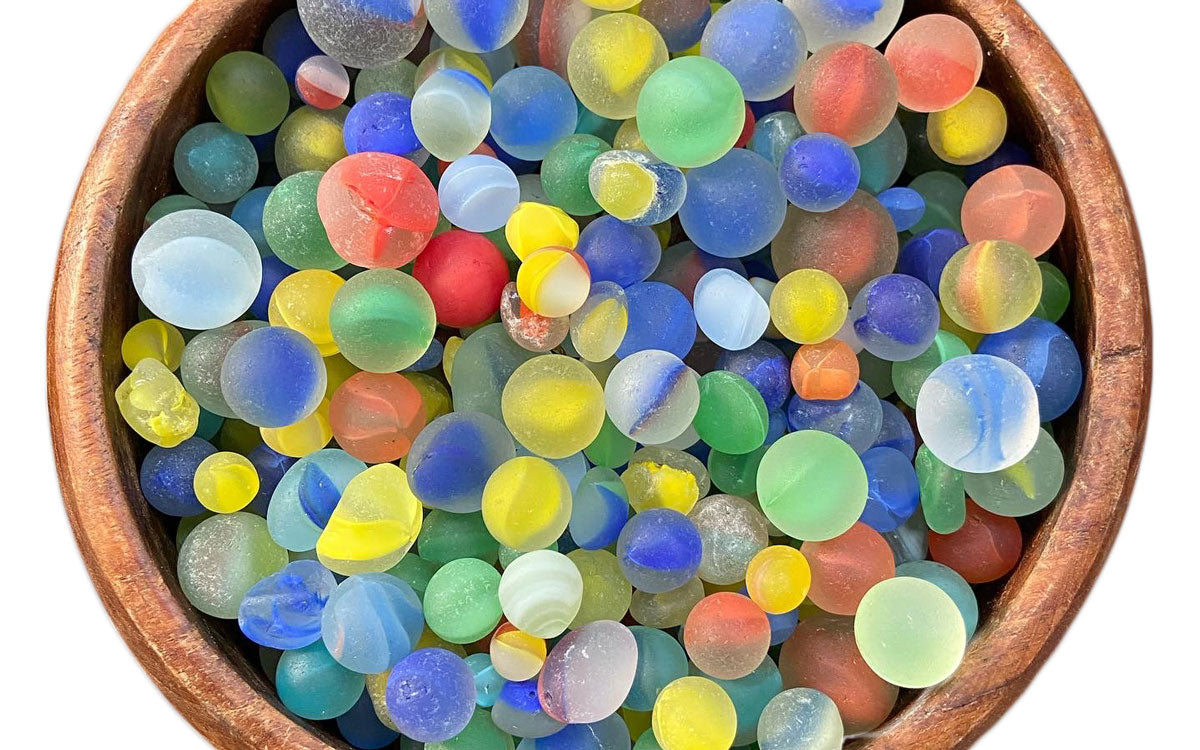Beach-Found Toys and Sea Marbles
Learn more beach-found toys and games
 Learn more about marbles, dominos, dice, toy vehicles, and more found on beaches around the world. Articles ›
Learn more about marbles, dominos, dice, toy vehicles, and more found on beaches around the world. Articles ›
1 comment
What a wonderful column this is! I’ve always been a marble collector but had never heard of “Sea Marbles”! I can’t wait for the next time I go to the beach. I will be looking for “Sea Marbles”!







